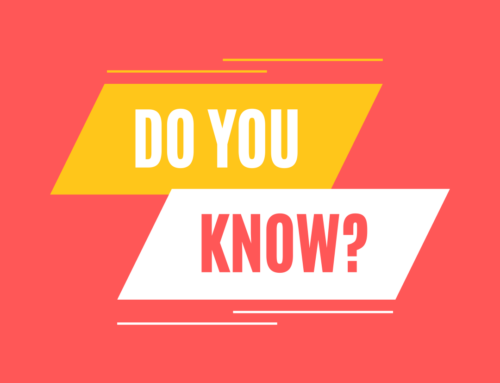 Workforce development strategies across communities attempt to enhance economic stability and prosperity. Common objectives are to identify labor market trends and opportunities and assist citizens in re-entering the workforce as early as possible.
Workforce development strategies across communities attempt to enhance economic stability and prosperity. Common objectives are to identify labor market trends and opportunities and assist citizens in re-entering the workforce as early as possible.
Workforce development also works by preparing workers with the skills necessary for a specific type of job. The purpose of workforce planning is to ensure that an organization has an adequate supply of people with the skills, knowledge, and experience required to achieve their goals and objectives.
So, what’s missing?
Low-wage workers can experience personal instability that leads to overall business and community instability. Connecting workforce development strategies with poverty reduction strategies can help build sustainable communities in which everyone can live well.
Generally, we create strategies, programs, and/or services from our own societal lens. This can be very effective for people who share the same lens as our own. When we create similar strategies for different driving forces, we miss engaging people who were raised differently and may think differently than we do. As a result, when people don’t respond the same way we would, we may think of this as “unmotivated” and often wonder why they aren’t engaged. Employers are no exception and may find that they expect certain behaviors and/or patterns in thinking from their employees that are like their own.
The Bridges Out of Poverty model from aha! Process helps employers, organizations and individuals understand, address, and reduce poverty together in a comprehensive way.
The Bridges Out of Poverty workshop is a comprehensive approach to understanding the dynamics that cause and maintain generational poverty, from the individual to the systemic level. Bridges Out of Poverty focuses on the mores and values of economic class to help you understand yourself and your own lens while also gaining insight into the lenses of others. We use this framework to develop programs and strategies that improve relationships at the front-line level, improve outcomes at the organizational level, and improve systems at the community level. The Bridges model assists community organizations, social service agencies, and individuals to gain insight and strategies for a community to alleviate poverty together.
The Workplace Stability diversity workshop helps employers understand and stabilize the lives of their entry-level and low-wage workers. The environment of daily instability creates pain for both the employee and businesses. For individuals trying to move from instability to stability, obtaining and retaining work can pose many challenges that cannot be overcome by traditional service approaches. There is no question that increased stability boosts productivity, retention, and morale, which leads to greater business profitability. Instability is another measure of diversity in the workforce.
Creating stable lives for people increases employee retention and boosts productivity. From improved recruiting and onboarding processes to promoting valuable employees from within, Workplace Stability covers every stage of the employee life cycle and will help employers uncover strategies that will increase both employee and workplace stability.
The powerful Getting Ahead in a Just-Gettin’-By World workshop curriculum shares Bridges Out of Poverty concepts directly with people in poverty. Trained facilitators help people trying to exit poverty (“investigators”) to assess their lives and develop their own plans for stability. Understanding the hidden rules of middle class and wealth, and choosing to use them, can open doors for new jobs and new relationships.
People who are consistently struggling to make ends meet or who are living in unstable environments and stressful situations are frequently driven by the need to solve immediate problems, leaving little time left for the abstract planning of their future. Getting Ahead is a transformative experience where participants delve into the abstract. They assess their life now, learn about the hidden rules of class that may be impacting their success, discover how to build the 11 essential resources for stability, contribute to an assessment of their community’s resources, and ultimately build their own personal future story.
Bridges Out of Poverty is a powerful tool for community change. The workshops are known for changing the way people think about poverty and economic class. People have aha! moments that are so powerful that change in relationships, outcomes, and systems is inevitable.
By engaging all classes and multiple sectors in establishing a common understanding and language, the Bridges framework can help you uncover solutions in supporting individuals to stabilize their lives and ultimately find, and keep, employment.
Suzie Johnson-Smith of Peterborough, Ontario, Canada, has been working in human services since 1992, primarily supporting low-income people in need of financial and employment assistance. She provided front-line case management for 12 years before becoming a coach and supervisor within the social services division. She leads the local office in promoting person-centered service while modernizing the delivery of social assistance. In 2012, Suzie began to introduce and promote the Bridges framework starting with her local social assistance office. In 2016, as a certified trainer, she began expanding to the broader community. Suzie strongly believes that the Bridges out of Poverty framework can and should inform our practices for improved relationships and outcomes. Suzie has been a presenter of the Bridges Out of Poverty model for teachers, employers, social services organizations, health agencies, landlords, community volunteers, and interested citizens.








